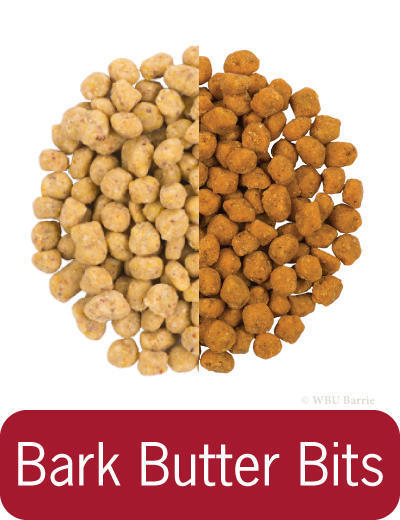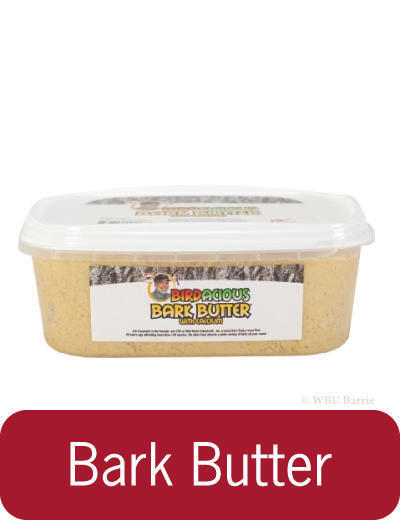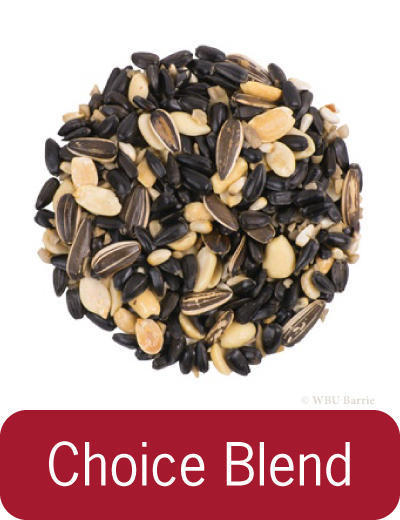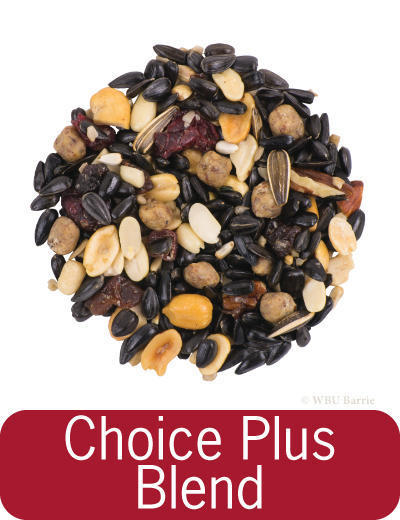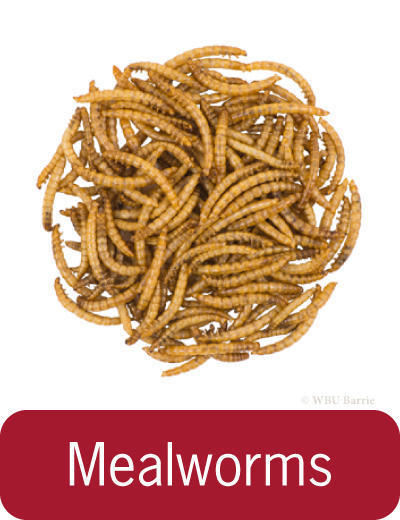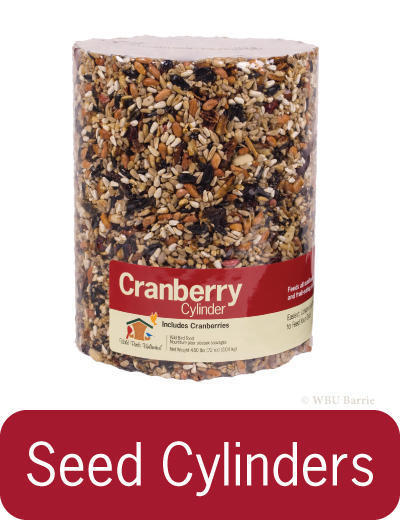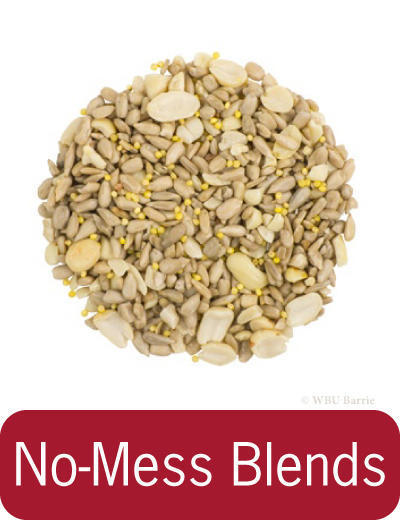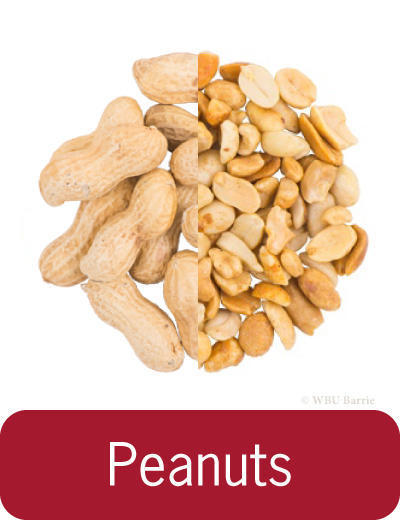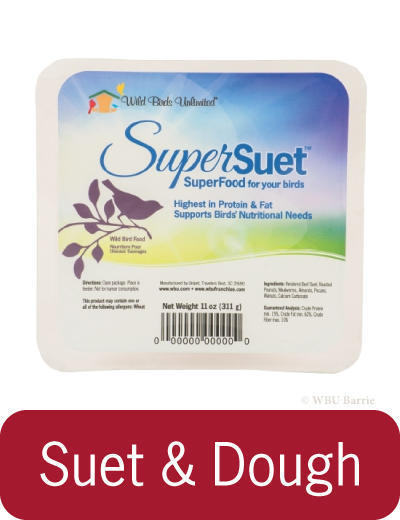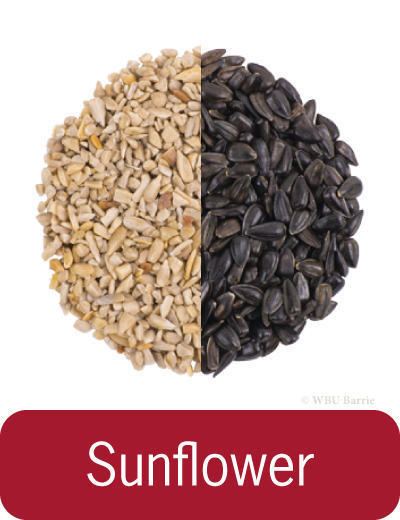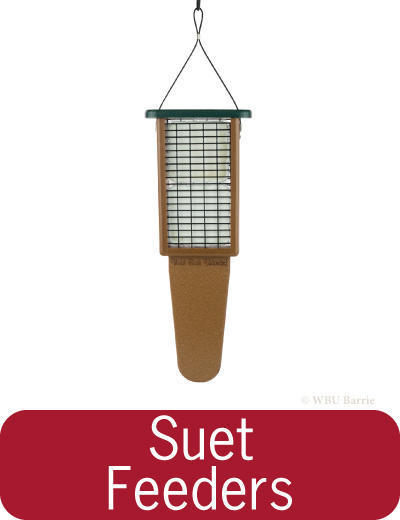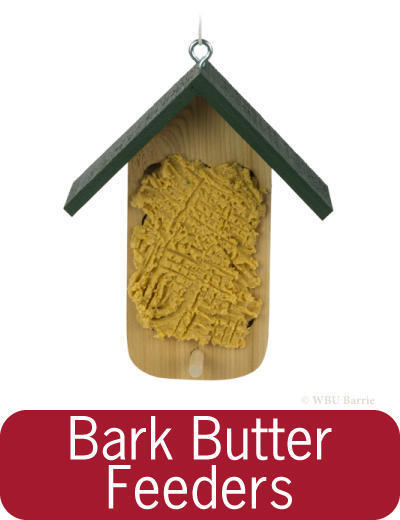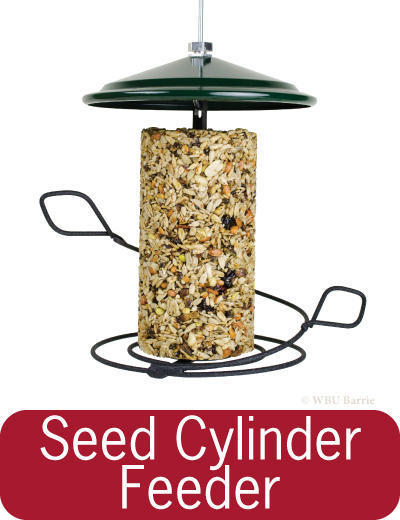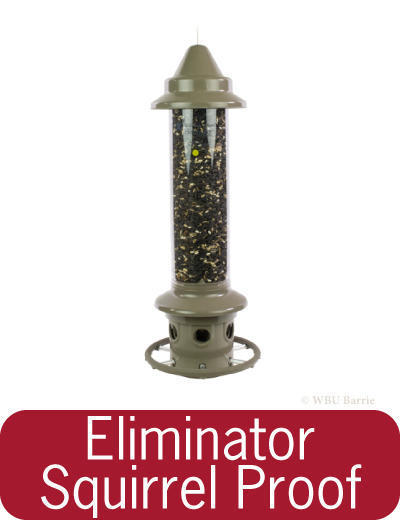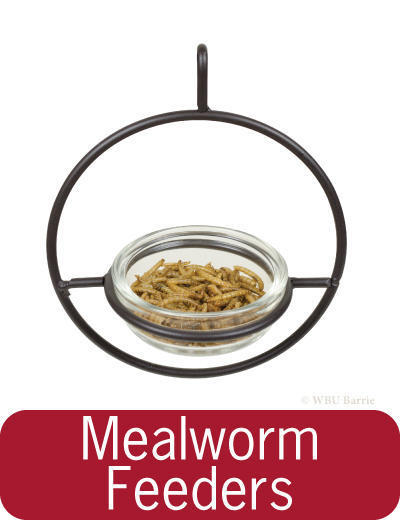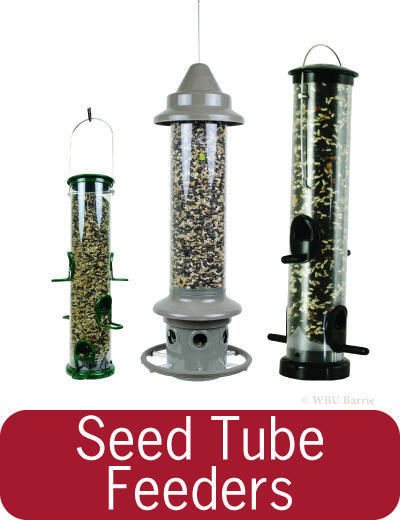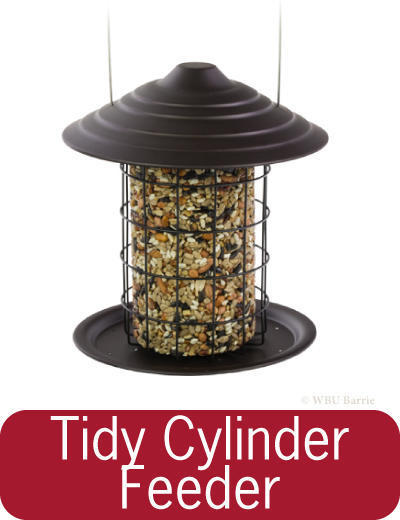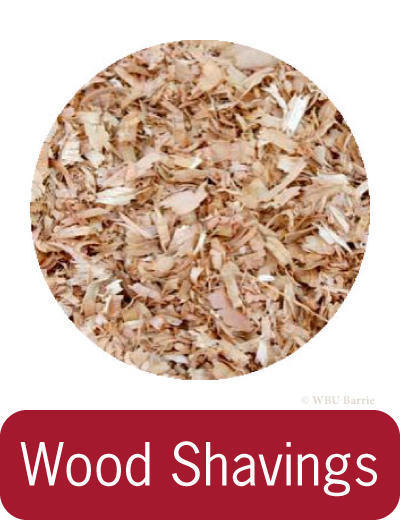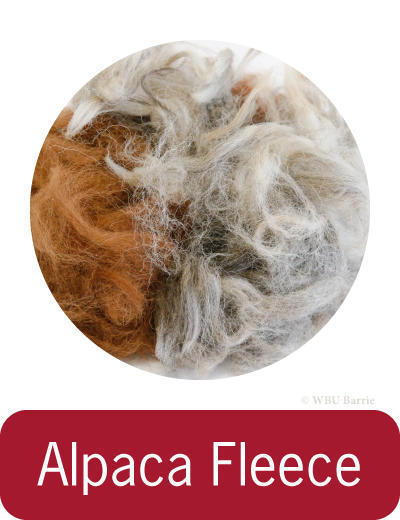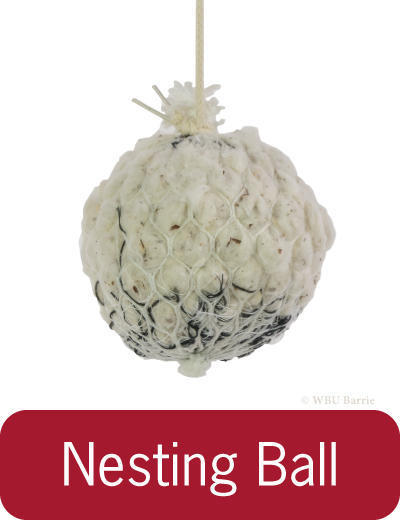Attracting Nuthatches to Your Backyard
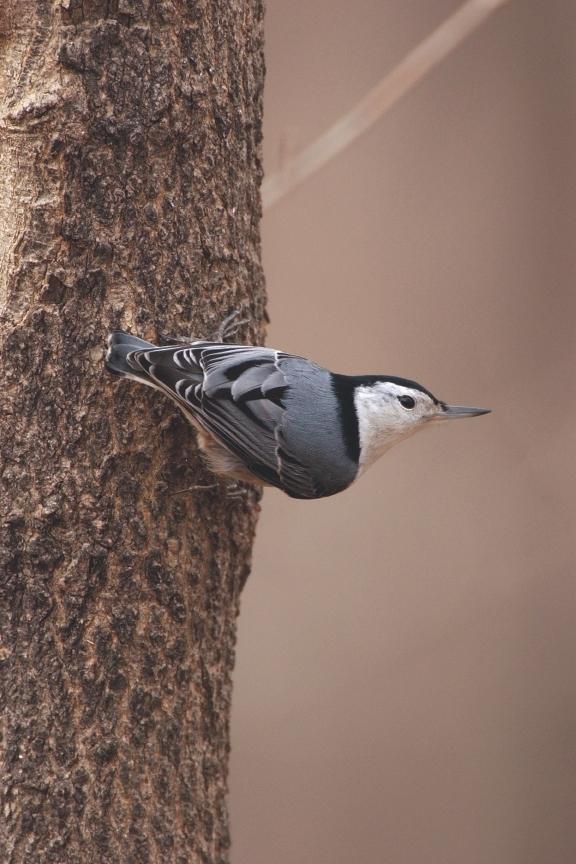 Nuthatches are probably one of the easiest backyard birds to identify. If you see a bird creeping downward on a tree, it's a nuthatch. It's the only species that can "walk down a tree." It needs no tail support because it has incredibly strong feet!
Nuthatches are probably one of the easiest backyard birds to identify. If you see a bird creeping downward on a tree, it's a nuthatch. It's the only species that can "walk down a tree." It needs no tail support because it has incredibly strong feet!
That said, generally you won't see too many nuthatches in your yard. Most nuthatches visit feeders in ones and twos. They are feisty and aggressive birds, and pairs generally defend a territory of 10 to 30 acres. They feast on seeds and insects found in trees, and many times will hide seeds from feeders in tree bark for a snack later in the day or breakfast the next morning.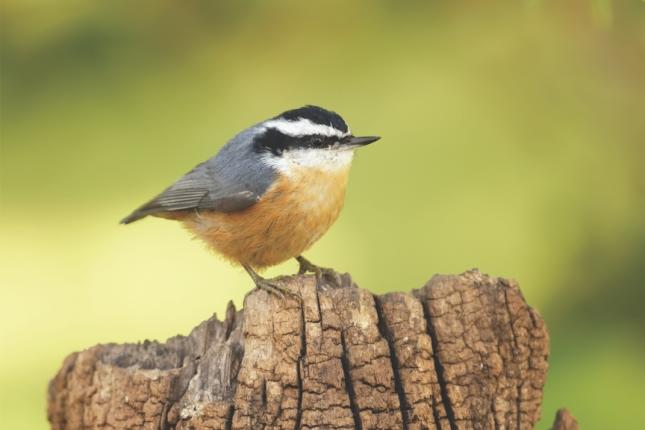
In York Region and Simcoe County we are visited by two different nuthatch species, Red-breasted Nuthatches (right) and White-breasted Nuthatches (left).
Do Nuthatches Migrate?
Both the Red-breasted and White-breasted Nuthatches are year-round residents here in York Region. In the winter they will form loose flocks, or 'guilds' with other birds such as Cardinals, Chickadees and Woodpeckers. These winter foraging flocks travel around, learning each other’s alarm calls to protect from danger. They also learn food foraging techniques from each other, such as searching up or down trees.
Foods
The name Nuthatch results from the corruption of the word "nuthack" which refers to its habit of hacking away at a seed with its beak until it opens. To attract nuthatches to your yard, try a suet or peanut feeder as well as a blend high in sunflower. They also enjoy Jim's famous bark butter.
Feeders
Nuthatches, like Woodpeckers, are comfortable clinging onto various perching options and are therefore easily adaptable to many types and styles of feeders. Red-breasted Nuthatches are even seen at Finch Feeders. Some of the most commonly visited by Nuthatches include:
Birdbaths (Water)
Water is essential to all birds and providing a bird bath means they don’t have to travel great distances to find water. Water in a bird bath should be cleaned regularly as birds defecate, leave bits of food and feathers in the bath, not to mention leaves and other items that can end up in a bath. In the winter, heated birdbaths provide an excellent place for birds to drink. During the warmer months the WBU Water Wigglers and Solar Fountains create moving water in your birdbath, making the bath even more attractive to birds. WBU Barrie carries a variety of plastic, metal and clay birdbaths and accessories, as well as heated birdbaths for the colder months. Visit our page on birdbaths for a selection of styles as well as accessories like brushes, solar fountains, water wigglers and Fountain Fresh Water Clarifier.
Nuthatch Houses (Nest Boxes)
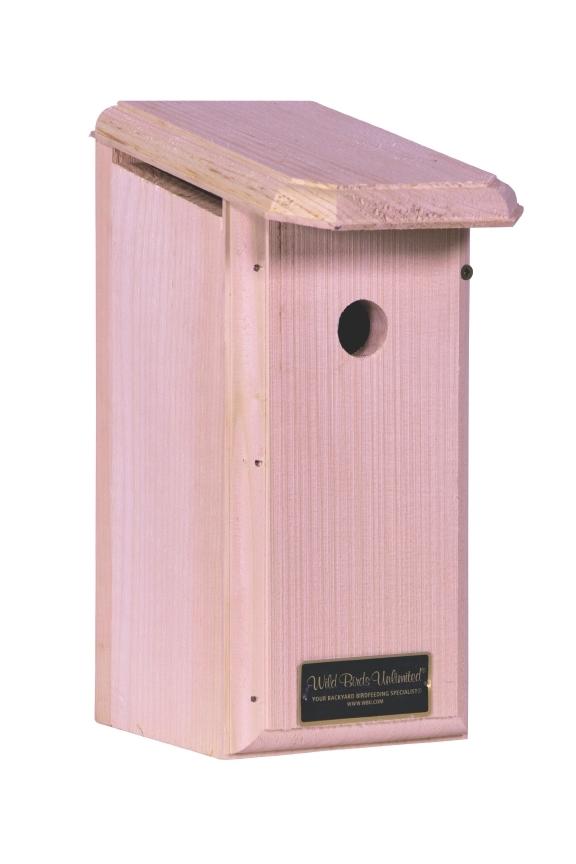 Although both local species of Nuthatch prefer a natural nesting cavity, they will readily use Nest Boxes when nature does not provide them a better option. Nuthatches are partial to nesting in forested areas and in the case of the Red-breasted, open woodland areas. For these birds, fill the box with 1 inch of wood shavings to allow them to excavate their own nest. Nuthatch nest boxes should have proper drainage and ventilation to keep the nest and babies dry and should be mounted 5 to 15 feet above the ground with the entrance hold away from prevailing winds on a tree, fence post or on a pole. Poles systems outfitted with a baffle, such as our WBU Advanced Pole System® (APS) Basic Setup Mounting Hardware (sold separately) tend to offer the best protection from predators. Some examples of our available Nuthatch Nesting Boxes can be seen below, click the photos for more information:
Although both local species of Nuthatch prefer a natural nesting cavity, they will readily use Nest Boxes when nature does not provide them a better option. Nuthatches are partial to nesting in forested areas and in the case of the Red-breasted, open woodland areas. For these birds, fill the box with 1 inch of wood shavings to allow them to excavate their own nest. Nuthatch nest boxes should have proper drainage and ventilation to keep the nest and babies dry and should be mounted 5 to 15 feet above the ground with the entrance hold away from prevailing winds on a tree, fence post or on a pole. Poles systems outfitted with a baffle, such as our WBU Advanced Pole System® (APS) Basic Setup Mounting Hardware (sold separately) tend to offer the best protection from predators. Some examples of our available Nuthatch Nesting Boxes can be seen below, click the photos for more information:
Roosting Boxes (Shelter)
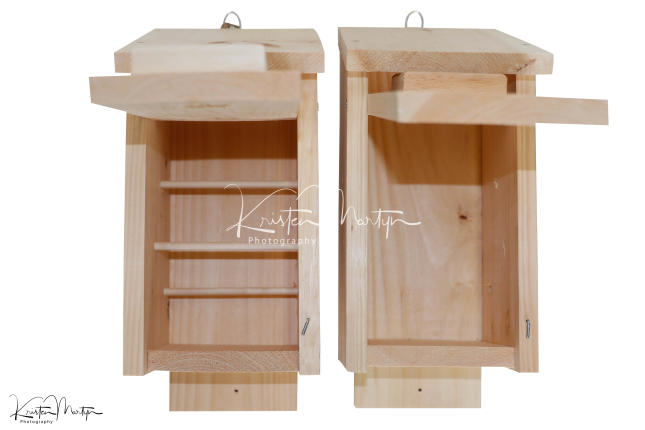
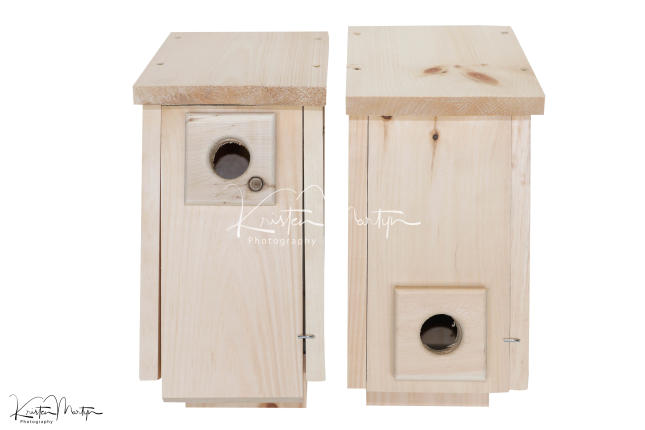 Both White-breasted and Red-breasted Nuthatches, as well as other cavity dwelling birds, seek shelter during cold nights of the winter months. Shelter is essential for their survival in harsh conditions. Roosting boxes provide shelter for birds on very cold nights. Roosting boxes differ from a typical bird house because they feature a hole on the bottom of the box to trap heat and three dowels on the inside of the house to accommodate multiple perching birds. At WBU Barrie we offer Convertible Winter Roosting boxes which can be flipped to convert it to a Chickadee/Nuthatch house after the winter season.
Both White-breasted and Red-breasted Nuthatches, as well as other cavity dwelling birds, seek shelter during cold nights of the winter months. Shelter is essential for their survival in harsh conditions. Roosting boxes provide shelter for birds on very cold nights. Roosting boxes differ from a typical bird house because they feature a hole on the bottom of the box to trap heat and three dowels on the inside of the house to accommodate multiple perching birds. At WBU Barrie we offer Convertible Winter Roosting boxes which can be flipped to convert it to a Chickadee/Nuthatch house after the winter season.
Nesting Material
Although not as common as other birds in nest boxes, both Red-breasted and White-breasted Nuthatches will happily use a nest box if natural offerings are low or not available. To further entice Nuthatches to use a Nesting or Roosting Box, fill the box with 1 inch of wood shavings to allow them to excavate their own nest. Hanging nesting material, such as Alpaca Fleece or our WBU Nesting Material Ball, will further encourage them to take up residence in our yard, and will add to your viewing pleasure as they will spend more time in your yard gathering their nesting materials.
Fun Facts
-
The Red-breasted Nuthatch collects resin globules from coniferous trees and plasters them around the entrance of its nest hole. It may carry the resin in its bill or on pieces of bark that it uses as an applicator. The male puts the resin primarily around the outside of the hole while the female puts it around the inside. The resin may help to keep out predators or competitors. The nuthatch avoids the resin by diving directly through the hole. - Cornell Labs - All About Birds
-
A nuthatch’s foot has one big toe (the hallux) that faces backward, while its other three toes face forward. It is able to walk head first down the trunks of trees by moving only one foot at a time while the hallux toe on the other foot holds firmly to the bark.
-
For more information visit this great resource: Lab of Ornithology at Cornell - All About Birds - Red-breasted Nuthatch and White-breasted Nuthatch


